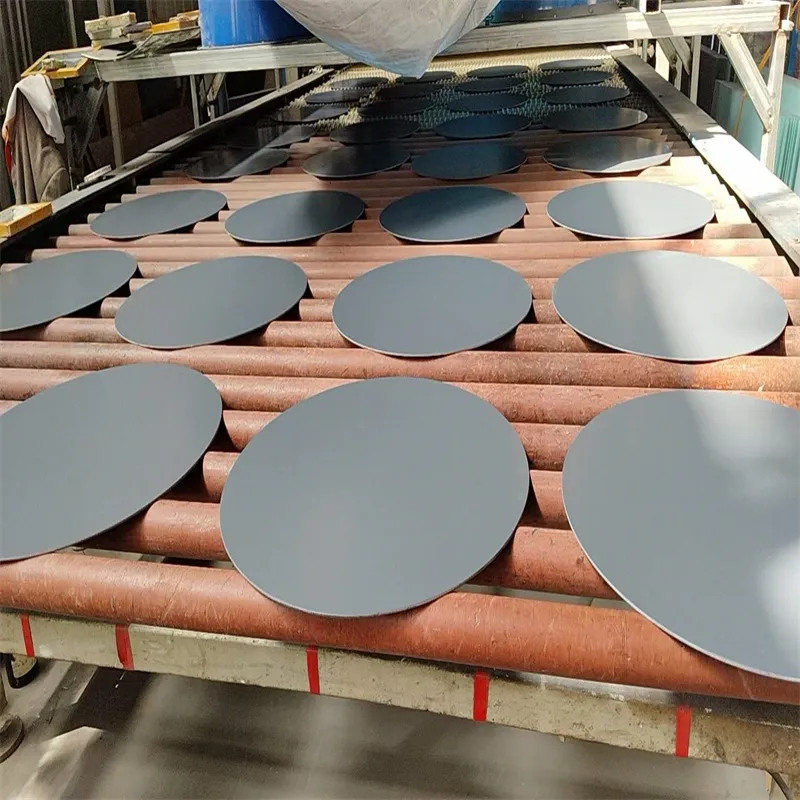Dec . 06, 2024 17:31 Back to list
Unique Types of Glass and Their Specialized Uses in Different Industries
Special Varieties of Glass A Fascination Beyond Ordinary
Glass is an essential material in our daily lives, found in everything from windows and containers to screens and sophisticated laboratory equipment. However, not all glass is created equal; there exist special varieties of glass with unique properties and applications that set them apart from conventional glass. In this article, we will delve into some of these special glass types, highlighting their features, characteristics, and uses.
1. Borosilicate Glass
Borosilicate glass is renowned for its remarkable durability and resistance to thermal shock. Composed of silica and boron trioxide, this type of glass can withstand high temperatures, making it ideal for laboratory equipment, cookware, and industrial applications. It is commonly used in items like Pyrex dishes and laboratory beakers. Its low coefficient of thermal expansion enables it to go from hot to cold without breaking, which is particularly beneficial in scientific settings where temperature changes are frequent.
2. Fused Quartz Glass
Fused quartz glass is made from pure silica, resulting in exceptional clarity and high resistance to thermal shock. Unlike other types of glass, fused quartz has a very low thermal expansion coefficient, allowing it to be used in extreme temperature conditions. This makes it invaluable in the production of high-temperature lighting, optical components, and semiconductor manufacturing. Its transparency to ultraviolet (UV) light also plays a crucial role in applications that require UV transmission.
Soda-lime glass is perhaps the most familiar type of glass, used in windows, bottles, and jars. It is made from silica, soda, and lime, making it easier to produce and less expensive than other glass types. However, its properties can be enhanced to create special varieties, such as security glass, which incorporates laminated layers to resist shattering. This adaptation is vital for both safety and security in various applications, including commercial and residential buildings.
4. Specialty Coated Glass
special varieties of glass

Glass can be designed with specialized coatings to enhance its properties. For instance, low-emissivity (Low-E) glass features a microscopically thin coating that reflects infrared radiation while allowing visible light to pass through. This innovation improves energy efficiency in buildings by regulating temperature and reducing reliance on heating and cooling systems. Similarly, self-cleaning glass utilizes a coating that breaks down organic dirt when exposed to sunlight, allowing rainwater to wash away grime automatically.
5. Ceramic Glass
Ceramic glass, or glass-ceramics, combines the beneficial properties of glass and ceramics. It is highly resistant to thermal shock and can withstand very high temperatures. This variety is commonly used in applications such as cooktops and fireplace doors. Its durability and aesthetic appeal have also made it popular in design elements, such as tiles and flooring.
6. Laminated Glass
Laminated glass is made by layering sheets of glass with an interlayer of polyvinyl butyral (PVB) or ethylene-vinyl acetate (EVA). This construction provides excellent soundproofing and safety benefits, as the interlayer holds the glass together even if it cracks. Laminated glass is frequently used in automotive windshields, skylights, and glass facades, ensuring safety and security without compromising design.
7. Smart Glass
Also known as electrochromic or switchable glass, smart glass can change its properties in response to an electric current. By adjusting the level of transparency or tint, smart glass enhances energy efficiency and privacy in buildings. This innovative technology has gained popularity in commercial spaces, homes, and vehicles, allowing users to control light and heat while maintaining aesthetic appeal.
Conclusion
The world of glass extends far beyond everyday applications, showcasing an array of special varieties tailored to meet specific needs and challenges. From the extraordinary heat resistance of borosilicate glass to the innovative capabilities of smart glass, these specialized forms demonstrate the versatility and potential of glass as a material. As technology advances, we can expect to see even more remarkable developments in the glass industry, paving the way for new applications and enhanced performance in various fields. Whether in science, architecture, or art, special varieties of glass continue to captivate and inspire, proving that beauty and functionality can coexist.
-
Safety and Style with Premium Laminated Glass Solutions
NewsJun.24,2025
-
Reinvents Security with Premium Wired Glass
NewsJun.24,2025
-
Premium Float Glass Line for Modern Architecture
NewsJun.24,2025
-
Low Emissivity Glass for Energy-Efficient Architecture
NewsJun.24,2025
-
High-Performance Insulated Glass Solutions for Modern Architecture
NewsJun.24,2025
-
Elevates Interior Style with Premium Silver Mirror
NewsJun.24,2025
Related PRODUCTS














